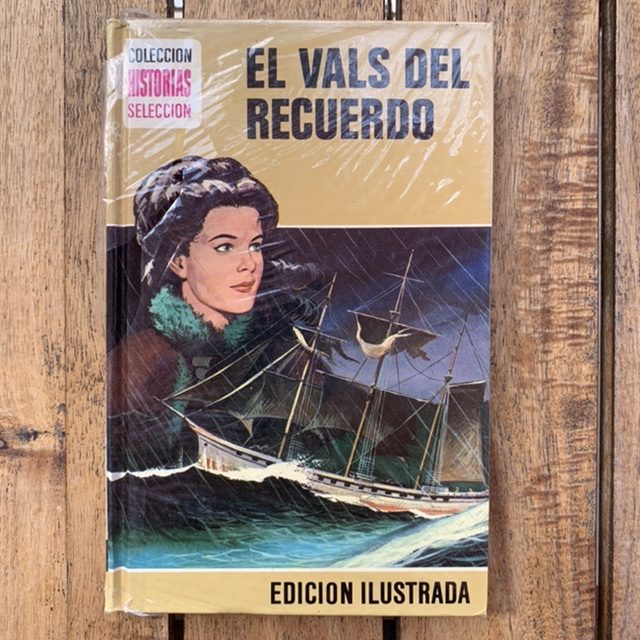
When I was a little girl, I read a book where Sissy loses her memory and recovers it thanks to the waltz “The Blue Danube” yes, that tribute of the grand river that crosses Europe and the city of Budapest. In 1873 the hilly side, Buda, and the flat one, Pest, united resulting in a beautiful city, not very big, with loads of history, which calls to any nomad to visit it, Budapest.
Here I am, I am going to spend six weeks teaching and in my time off I will discover its hidden secrets. As it is summer it seems that I can walk everywhere, but don’t be fooled! It’s very hot, I am surprised till I realise the geographical location, it is right in the middle of the Carpathians plains, now I understand, it has both extremes, it is very cold in the winter and very hot in the summer, so I am going to make sure to wear my Aussie hat and have my thermos bottle of water that keeps it cool, as I do in all my trips.
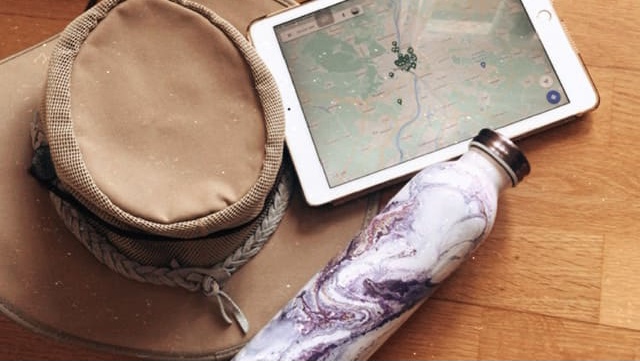
It is not all about walking under a blazing sun, I’d like to point out how well their public transport works, an important reminder is to validate the ticket when you enter it.Tthere are only four metro lines, so its very easy, in fact, line 1, the yellow one, is the third oldest one in the world since 1896 and it is recognized by UNESCO with the declaration of World Heritage Site.
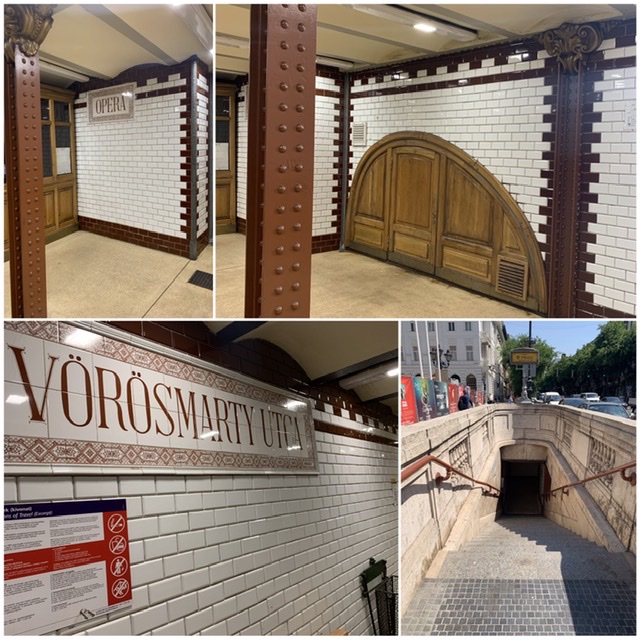
It comes down Andrássy Avenue, the Hungarian 5th Av. Named after the nobleman and politician Gyula Andrássy, great friend of Sissy’s and defender of the regional policy.
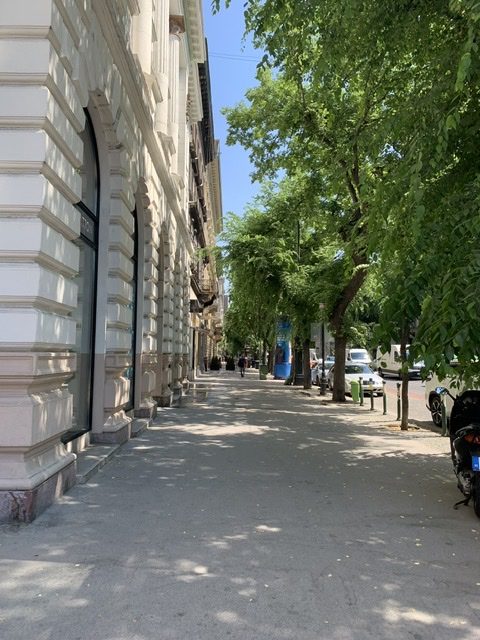
I am looking for Alexandras’s bookshop in the beautiful 1910 Art Noveau building “Párisi Nagy Áruház”, first important shopping mall in Budapest, but it is closed, I am sad not to be able to see its interior.
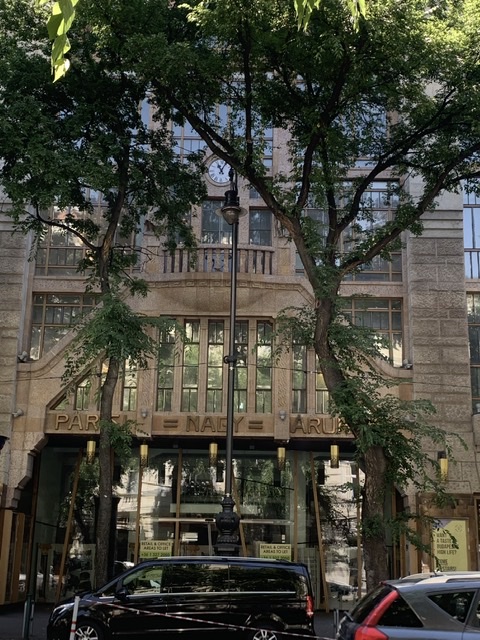
Right next door I ask a kind concierge, using sing language, where I can “see” the bookshop, he thinks I am looking for the “views” of the 360º Rooftop, so he shows me the lift, presses 6 and there I am unexpectedly, on a terrace where I can admire the city and have a drink.
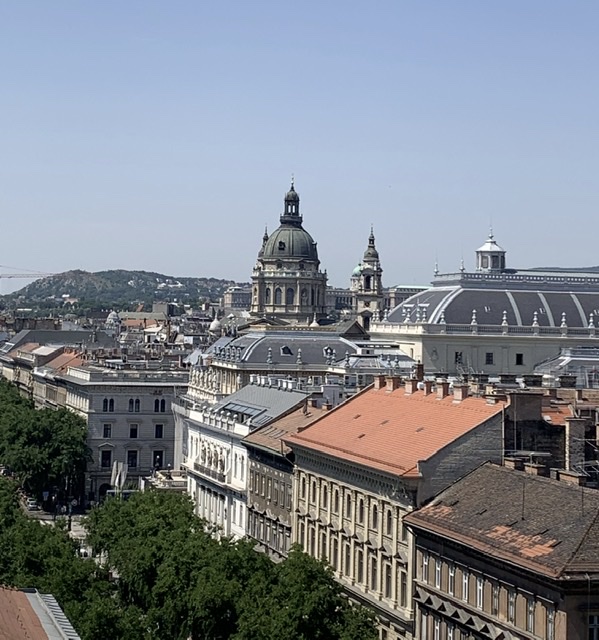
Taking the first street to the right I find a mini park, there lives the statue of Ferenc Liszt, the composer, pianist, conductor, philanthropist and so many more epithets that convert him in one of the most famous Hungarians of all times. Right there is his Music Academy and the statue of József Atilla, whom I will talk to you about on another post.

The Opera, of course, is also on Andrássy Av., unfortunately I wasn’t able to see it or to go to a concert because is undertaking some renovation.
I continue my walk on the avenue with the visit to a building called very appropriately “The House of Terror”, a museum that exemplifies through many testimonies what it was to live the war, the Nazi occupation, the Revolution of the 56 and all the tortures that took place in its basements. It is quite hard, I like to learn about these things but sometimes I have to take a deep breath to continue. I leave surprised that any Hungarian was left alive after those years. No photos are allowed. Fee 8-9 euros.
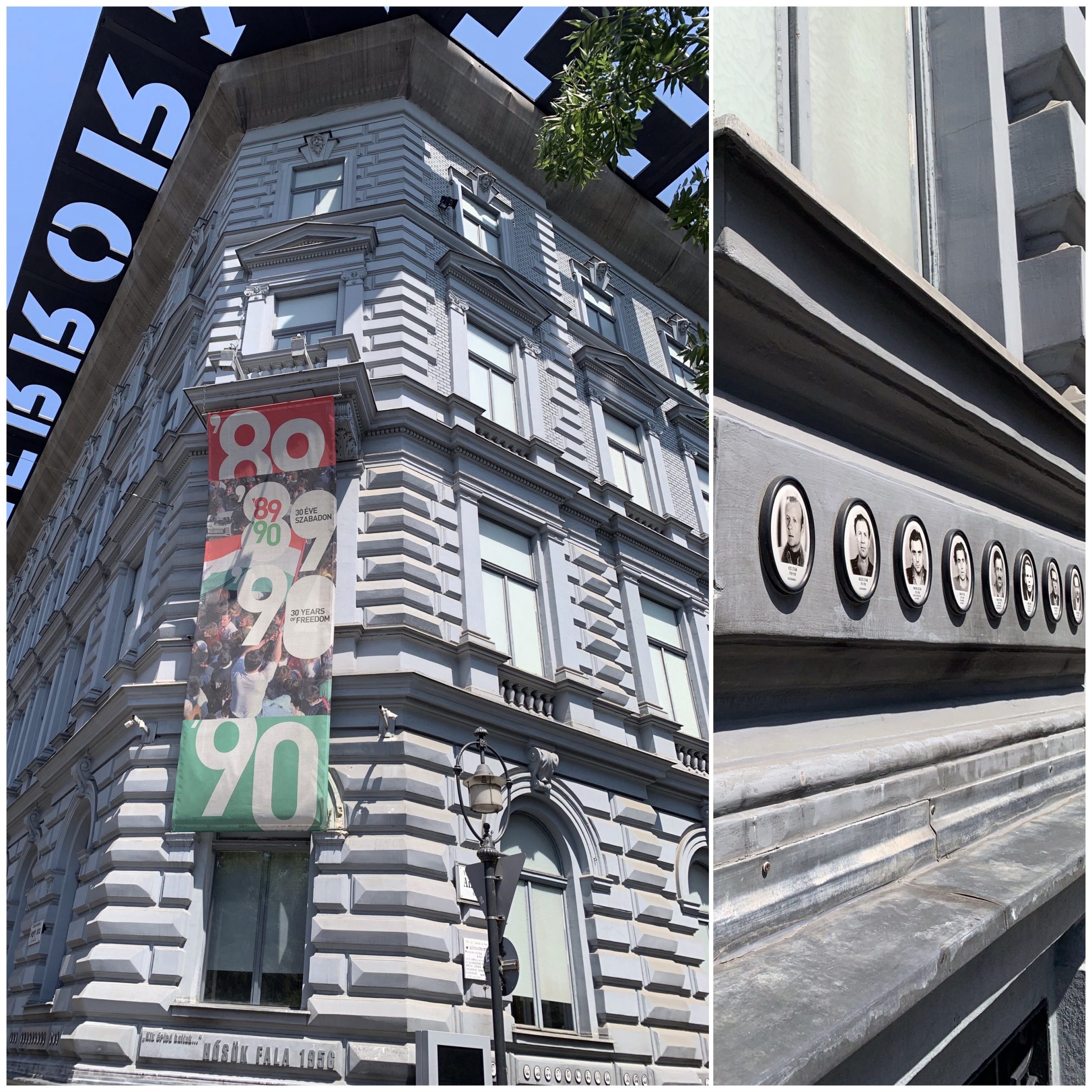
Down in Andrássy, before reaching the Hősök tere I take a right turn into the Jewish quarters and I find the Spanish embassy.
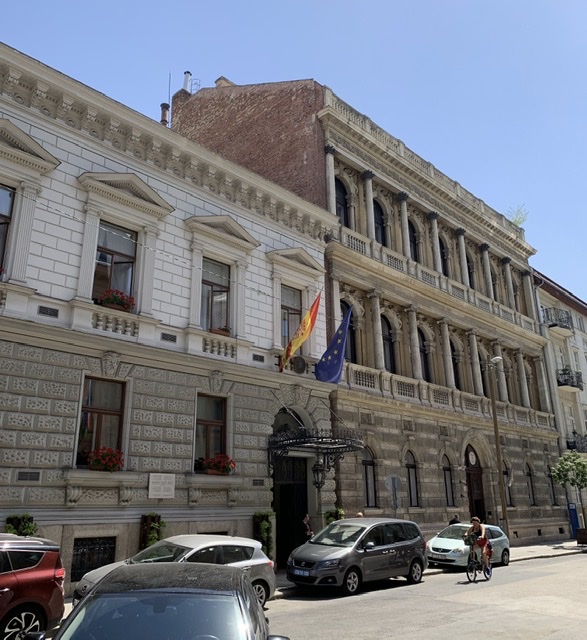
In one of the opposite ends of Andrássy is the square where I find fourteen statues of Hungarian rulers, some changed during Communism and which centre has the seven main Magyar tribes. It is Hősök tere, called the Heroes Square as a tribute their country pays them.
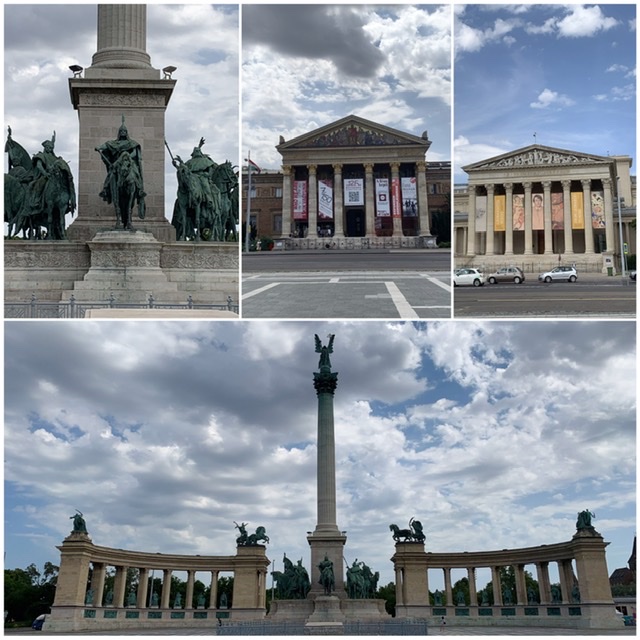
Behind it there’s the City Park, beautiful and green; which is something I love in here, every corner has touches of greenery and trees. There are two visits we can’t miss, the Vajdahunyad Castle, copy of Dracula’s in Transylvania, a replica they made for the 1896 expo and they loved it so much that they rebuilt it in stone between 1896 and 1908.

The truth is that I love the blend of the castle, the lake and the trees.

The Statue of the Anonymous is placed in front of the part of the castle that is now the Museum of Agriculture. They say it represents a 12th century chronicler, maybe King Béla II, who wrote books based on legends about the ancient Hungarians. It’s ideal for a Halloween costume.
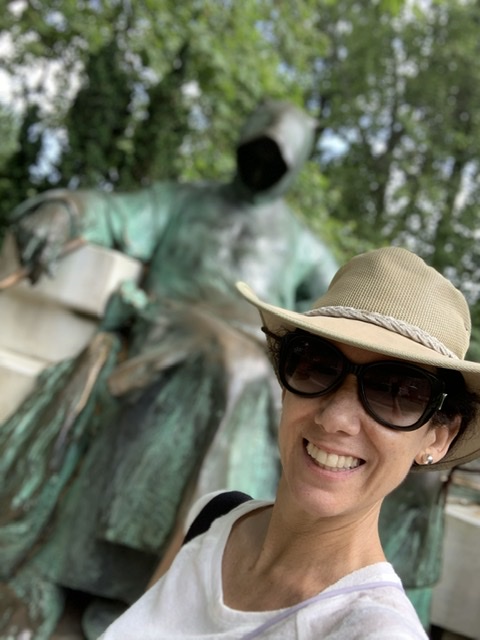
Under the park there are two thermal fountains that supply the biggest medicinal baths of the whole of Europe, built in 1913, the Széchenyi Baths, the second visit. Its waters are usually 25º all year round; as it is summer, I dip in for a long while alternating it with a bit of reading. In the winter must be great to enjoy the hot water, I am sure I wouldn’t get out of it. The fee for the whole day is 18€, including the indoor pools and saunas, the massages and other treatments are paid separately.
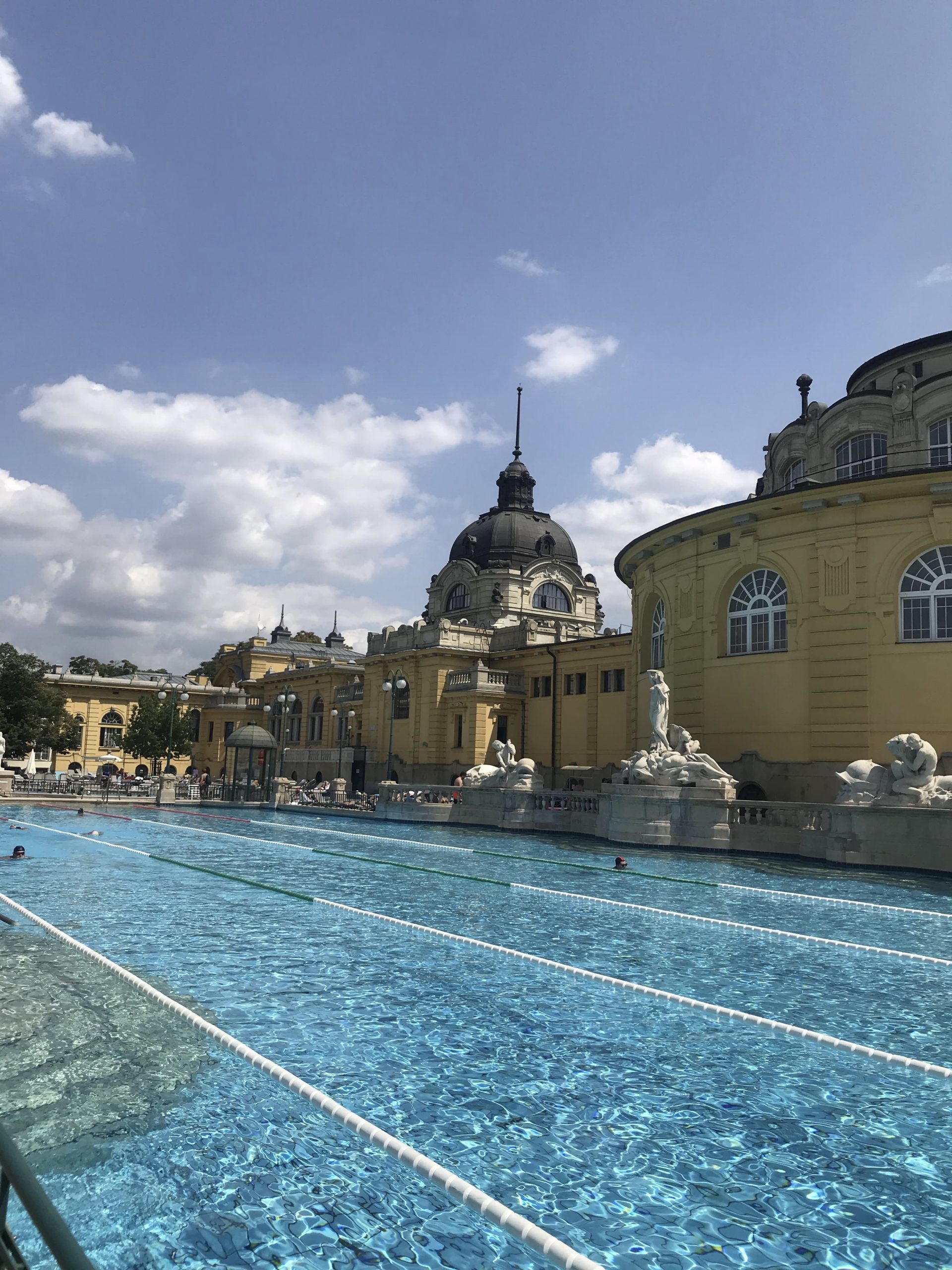
I leave and take the underground number 1, that’s next door, to Oktogon, a crossroads where the 4-6 tram stops, they cross the city and stop at my place. Transport fee is 1 euro, there’s option to a monthly ticket.
The book that inspired this post was one ´part of my youth collection’s will be the closure of this post. The Austrian Hungarian empire was restless, the emperor had occupied the north of Italy, Sissy went to visit her dear friend Martha, there they were kidnapped to pressure the emperor, Sissy escaped and hid on a boat as a stowaway, which after a big storm sank. Sissy hit her head and found herself on the beach with amnesia.
